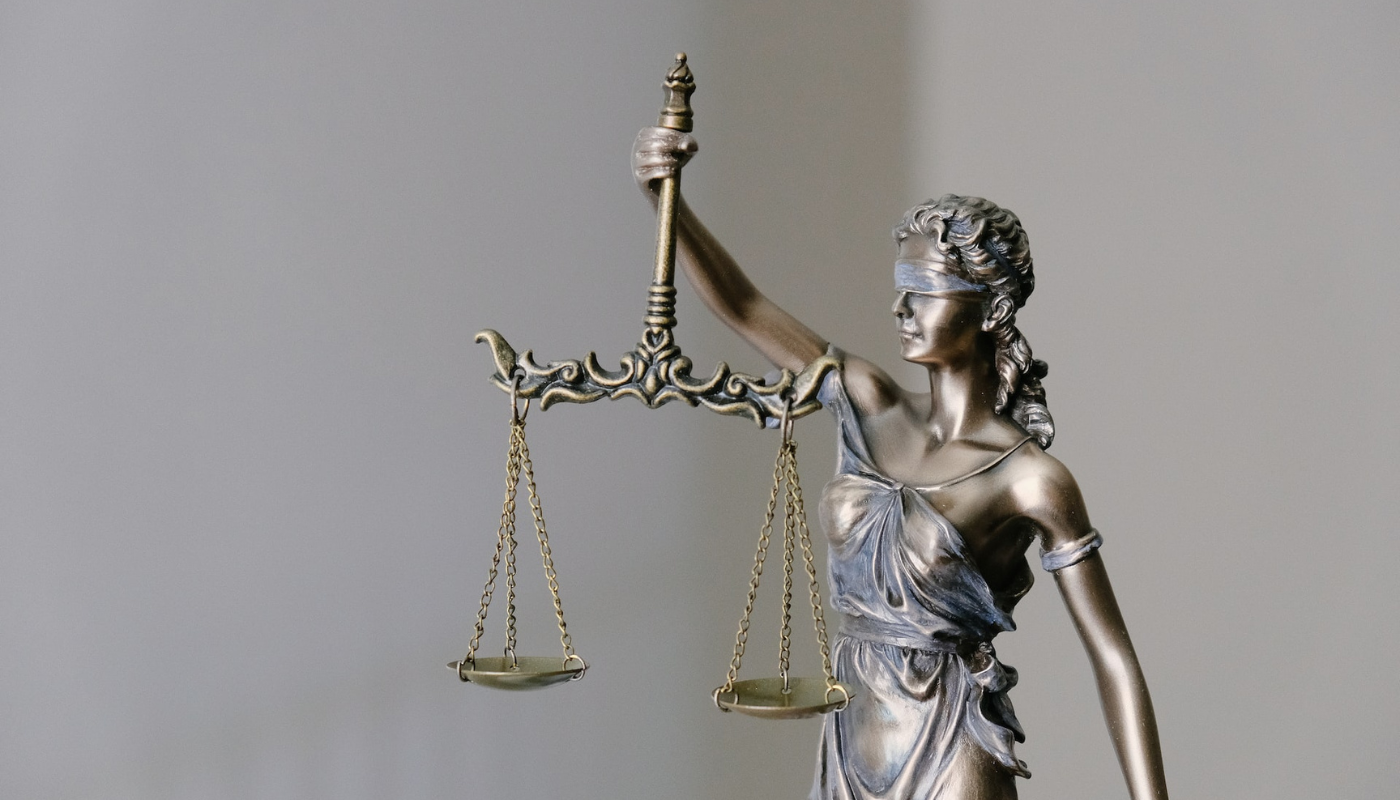In 2023, new rules and regulations are entering the NFT space at an unprecedented pace. The collapse of FTX kicked Web3 regulation into overdrive, and prominent NFT projects are being investigated for fraud. Yet, perhaps the best evidence of this turning of the tide is the recent resolution of Hermès v. Rothschild trademark lawsuit.
Last year, Hermès International sued artist Mason Rothschild for trademark infringement following the release of MetaBirkins — a collection of 100 NFT Birkin bags covered in faux fur in a range of colors and designs. On February 8, 2023, Hermès won the lawsuit. A jury found that Rothschild’s collection of NFT purses bore such a striking resemblance to Hermès Birkin bags that it was “likely to cause consumer confusion and mistake in the minds of the public.” Hermès ultimately won the lawsuit after only six days of proceedings in a Manhattan courtroom.
While many expected a ruling stating that the sale of the NFTs violated Hermès’ rights to the “Birkin” trademark, the finding that Rothschild’s NFTs aren’t protected speech under the First Amendment understandably stirred up a bit of conversation throughout Web3. The situation — and what it means for the future of Web3 — is best distilled through the reactions of the lawyers and attorneys with an understanding of the case.
What lawyers and attorneys have to say
In a statement sent to nft now, Jonathan Harris, a lawyer for Rothschild, implied that the lawsuit would be a blow to independent artists everywhere and a boon for big brands. Specifically, he stated that the decision marked a “good day for luxury brands” and a “bad day for artists.” Another of Rothschild’s attorneys, Rhett Millsaps, issued a similar statement to nft now. “Great day for big brands. Terrible day for artists and the First Amendment,” he said.
Speaking to the Financial Times, Gaëtan Cordier, partner at Eversheds Sutherland in Paris, said it was an “important decision” and a reminder that a lack of regulation does not mean people are free to do as they please with no ramifications. Ultimately, she argued that it sends a “message to NFT developers, reminding them that in the absence of specific regulations, intellectual property standards that apply in the physical world as well as on the internet remain applicable to NFTs.”
Meanwhile, Megan Noh, an art lawyer unaffiliated with the case, went on the record arguing that the closing of the case will likely open the floodgates and lead to a host of new brands entering Web3. “Some brand owners have likely been waiting for better guideposts before jumping into Web3 and enforcing their marks in that space,” she said to the New York Times. Noh went on to add that this verdict would finally provide brands with some needed guidance, “specifically in the context of digital artworks and collectibles, about the line between works of artistic expression and commercial goods.”
In a previous article by nft now, Andrew Rossow, an attorney who focuses on fintech and intellectual property law, noted that the case will ultimately determine how future Web3 cases are decided. “Hermès’ lawsuit against Rothschild will undoubtedly set the stage for how intellectual property is applied to the world of digital assets and NFTs. As more luxury brands enter into the metaverse and launch their respective NFT projects, courts will be required to weigh in on the confines and parameters of what it means to introduce originality while balancing artistic expression and the right to create,” he wrote.
However, statements made by David Leichtman, Managing Partner at Leichtman Law, indicate that the case may not have as wide of an impact as many believe. Speaking on CoinDesk TV, Leichtman noted that the case wasn’t really about what qualifies as art or even Rothschild’s use of the Birkin brand in his work. Rather, he noted that the case was specifically about whether Rothschild intended to mislead consumers into thinking that MetaBirkin NFTs were associated with Hermès. “The question is, were [consumers] really going to be confused by the MetaBirkins, whether or not the relevant consuming audience for Hermès products would be confused by the defendant’s works,” he said.
Rebecca Tushnet, a Harvard Law School professor who helped prepare Rothschild’s defense, seemingly reinforced Leichtman’s understanding of the case being more about intent than freedom of speech and the First Amendment. In a statement, she noted that “you can’t hold someone liable for infringement unless their work is artistically irrelevant or explicitly misleading.”
The takeaways
Who is right? It’s difficult to say at this point. But one thing, at least, is certain. This case will set the tone for future proceedings on how intellectual property law is applied in Web3. And in light of the derivative and copycat NFT collections that are frequently launched in response to notable brands (like Porsche) entering the space, Web3 creators should think carefully before launching — or buying — new NFTs.
Credit: Source link


























